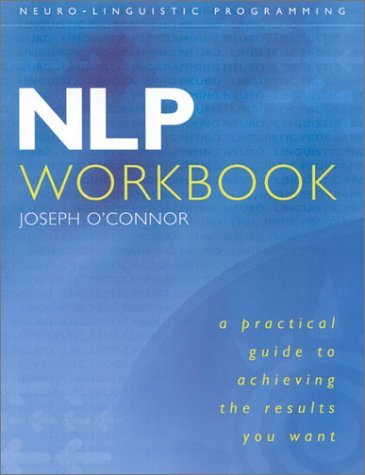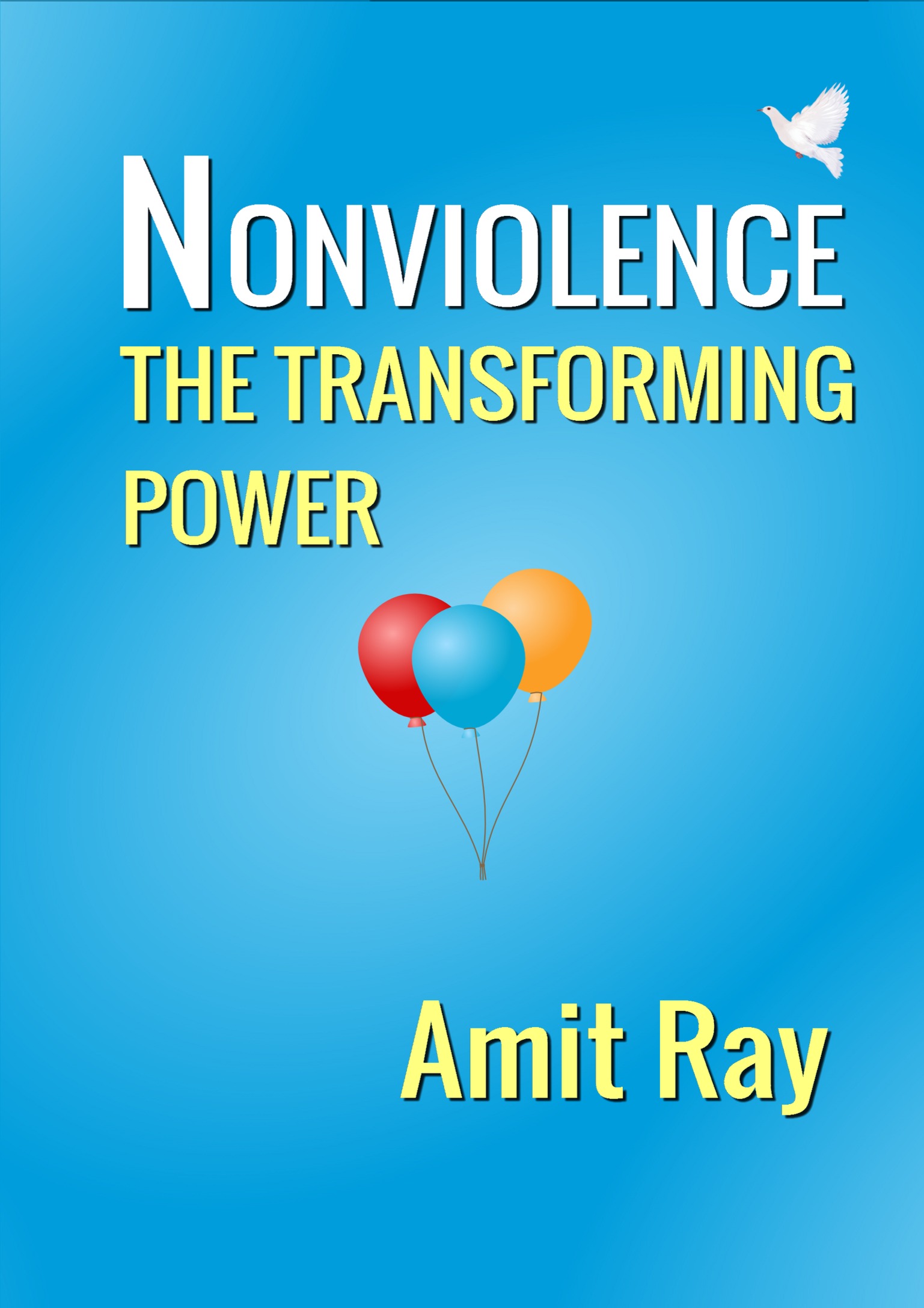
Nonviolent Communication: A Language of Life
Book Description
Imagine a world where every conversation nurtures connection instead of conflict. "Nonviolent Communication: A Language of Life" unveils a transformative approach to communication that transcends traditional dialogue. Through powerful techniques and deep empathy, it offers a roadmap to understanding and compassion. With each chapter, it reveals how to turn heated encounters into meaningful exchanges, bridging divides and fostering harmony. Stories of personal change and breakthrough moments reveal the profound impact of speaking from the heart. Are you ready to redefine your relationships and discover the astonishing power of words to heal and unite?
Quick Book Summary
"Nonviolent Communication: A Language of Life" by Marshall B. Rosenberg introduces a powerful framework for communicating with empathy, clarity, and compassion. Rooted in the belief that all human beings share the same basic needs, Rosenberg presents a four-step process—observing without judgment, expressing feelings, identifying needs, and making requests—to transform conflict into connection. The book provides practical tools and compelling real-life stories that demonstrate how Nonviolent Communication (NVC) helps dissolve defensive patterns, fosters understanding, and builds stronger, more meaningful relationships. Through mindfulness and honest self-expression, readers learn to listen deeply—to themselves and others—transforming not only conversations but the very nature of interaction. Rosenberg’s approach is a guide for personal growth, empathetic leadership, and the cultivation of peace at every level of life.
Summary of Key Ideas
Table of Contents
Observing Without Judgment
At the heart of Nonviolent Communication is the idea that our habitual ways of speaking often create misunderstanding, pain, and conflict. Instead, Rosenberg encourages a mindful approach to communication that separates observation from evaluation. By observing what happens in a given situation without inserting judgments or blame, individuals can reduce defensiveness and make space for honest connection. Clear, nonjudgmental observation helps avoid triggering resentment or resistance, focusing attention instead on what is actually occurring.
Expressing and Receiving Feelings and Needs
Central to NVC is the recognition and articulation of feelings and needs. Rosenberg highlights the importance of expressing emotions accurately and understanding the needs driving those emotions. He cautions against using vague or evaluative language that masks true feelings. When people learn to honestly share their feelings, rather than demand or criticize, they invite compassion. Likewise, listening for the underlying needs behind someone’s words allows for deeper empathy and understanding, even in tense situations.
Empathy and Deep Listening
Empathy is a transformative tool in NVC, not just as a listening skill but as a way of being fully present with another person's reality. Through empathetic listening, individuals set aside assumptions, advice, or solutions, offering undivided attention to the speaker’s feelings and needs. Rosenberg illustrates how practicing deep empathy can deescalate conflict, foster mutual respect, and build trust. This process of deep listening is foundational for meaningful connection—whether in personal relationships, workplaces, or communities.
Transforming Conflict into Connection
NVC shines as a conflict-resolution method by transforming adversarial encounters into moments of learning and collaboration. Instead of perceiving conflicts as zero-sum struggles, NVC reframes them as opportunities to identify the unmet needs of all parties. By articulating these needs openly and acknowledging others’ experiences, it becomes possible to discover creative solutions that respect everyone’s well-being. Through real-life examples, Rosenberg shows how this can break cycles of blame and retaliation, replacing them with understanding and partnership.
Making Compassionate Requests
Finally, NVC empowers individuals to make clear, compassionate requests rather than demands. By stating requests in positive, actionable language, and remaining open to hearing a “no,” communicators maintain respect for autonomy and cooperation. This approach strengthens relationships, as needs on all sides are recognized and addressed openly. Rosenberg emphasizes the transformative possibilities of NVC for leaders, parents, educators, and anyone seeking to enrich their relationships. In sum, Nonviolent Communication offers a blueprint for healing, collaboration, and lasting peace through the simple, profound act of speaking and listening from the heart.
Download This Summary
Get a free PDF of this summary instantly — no email required.





